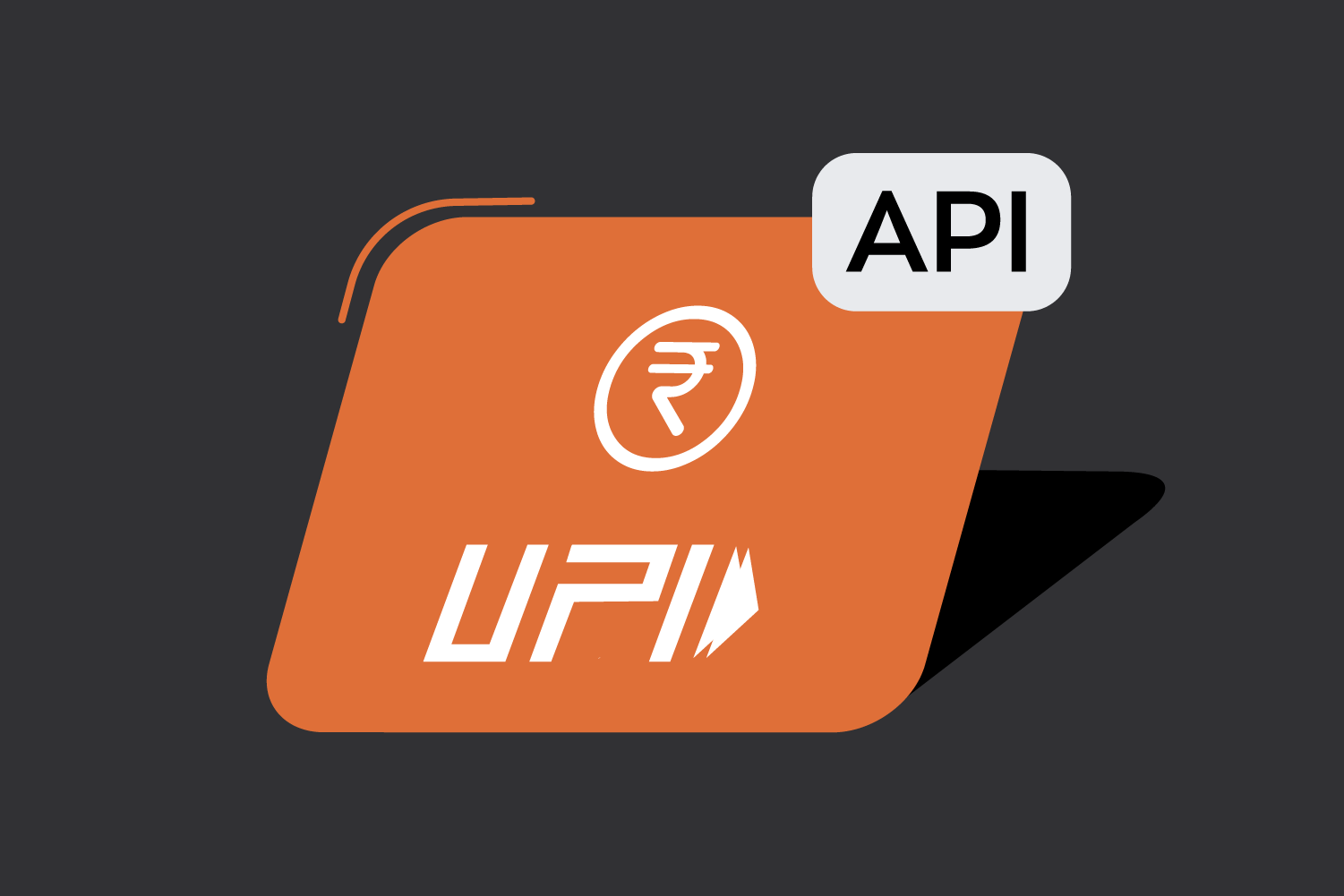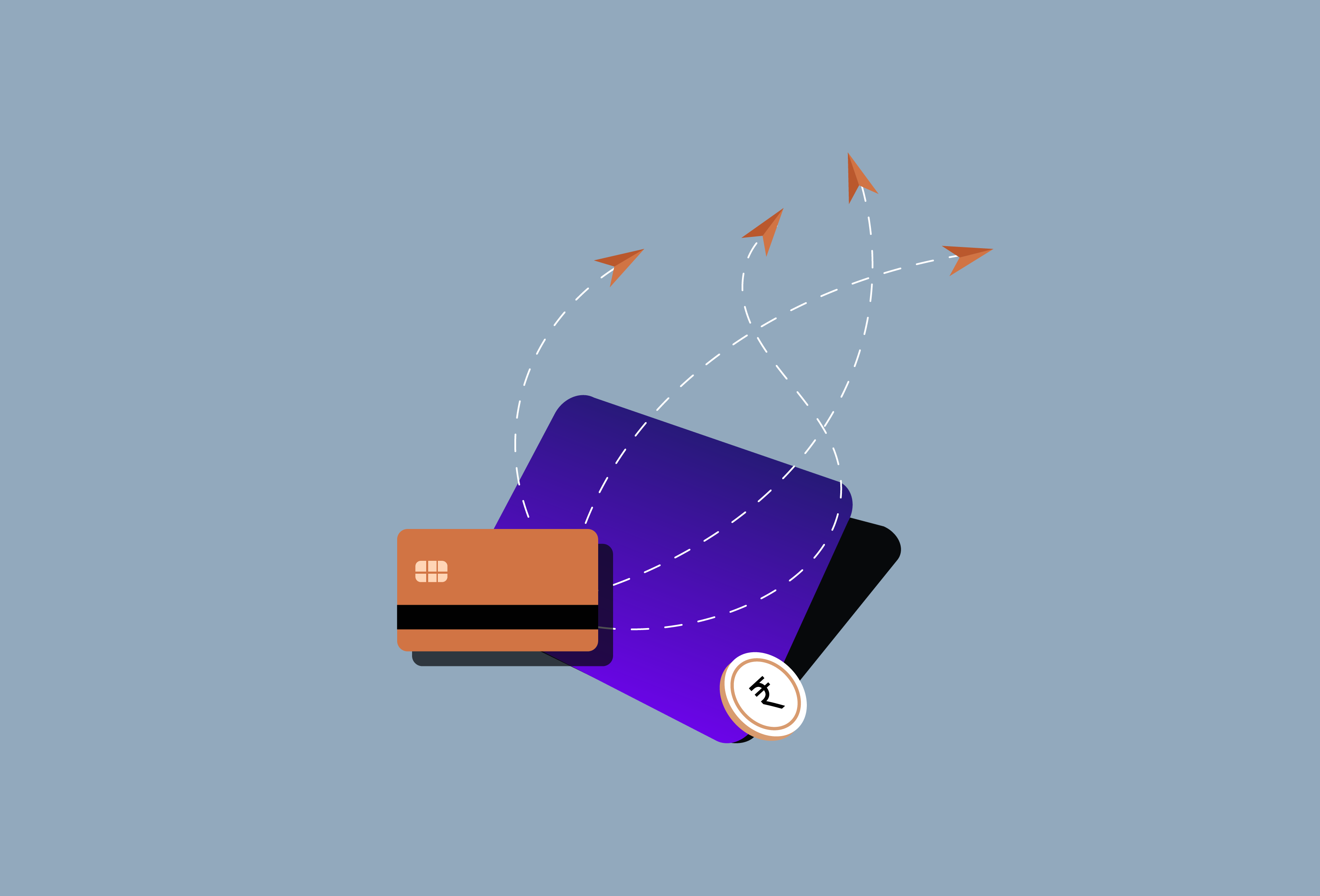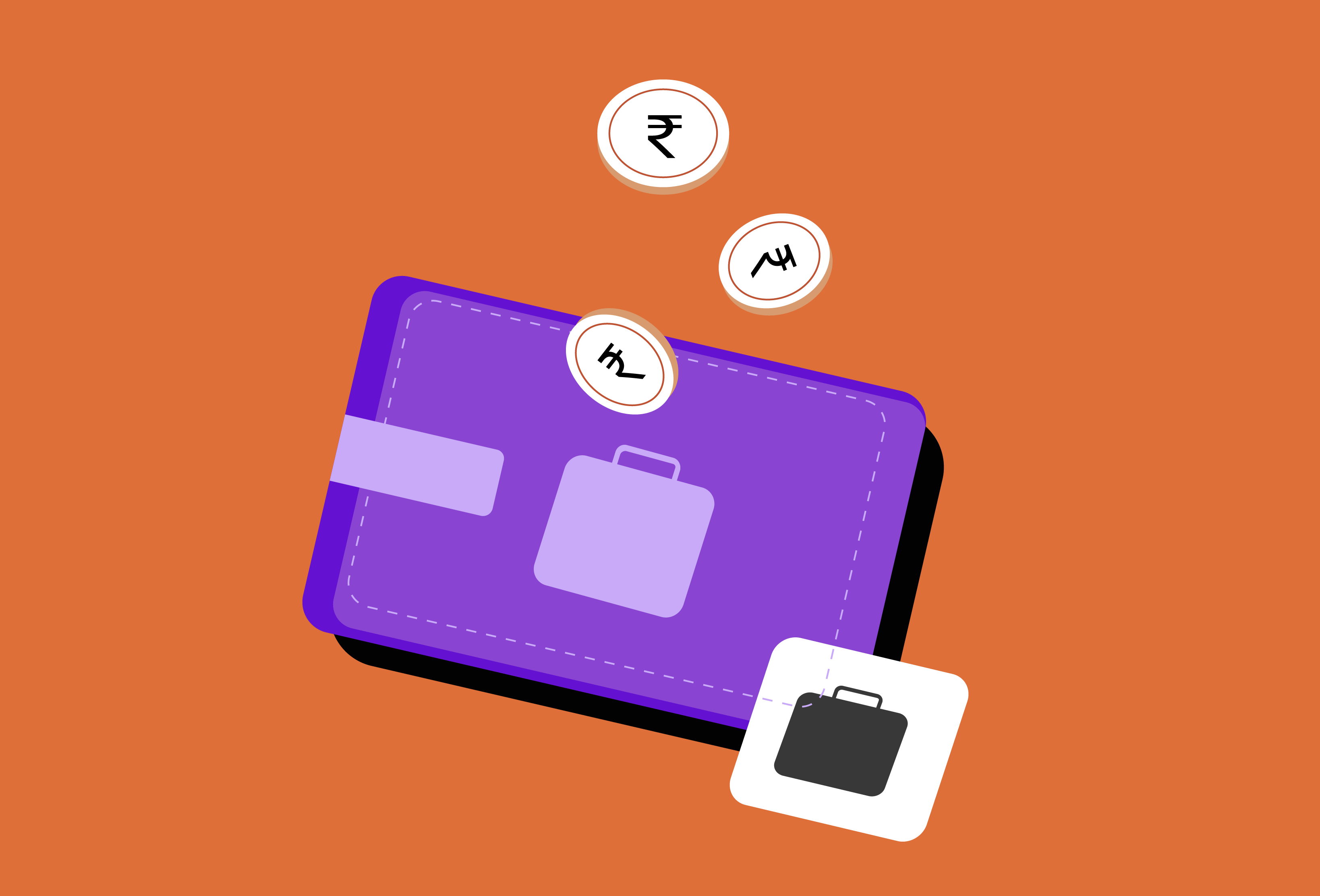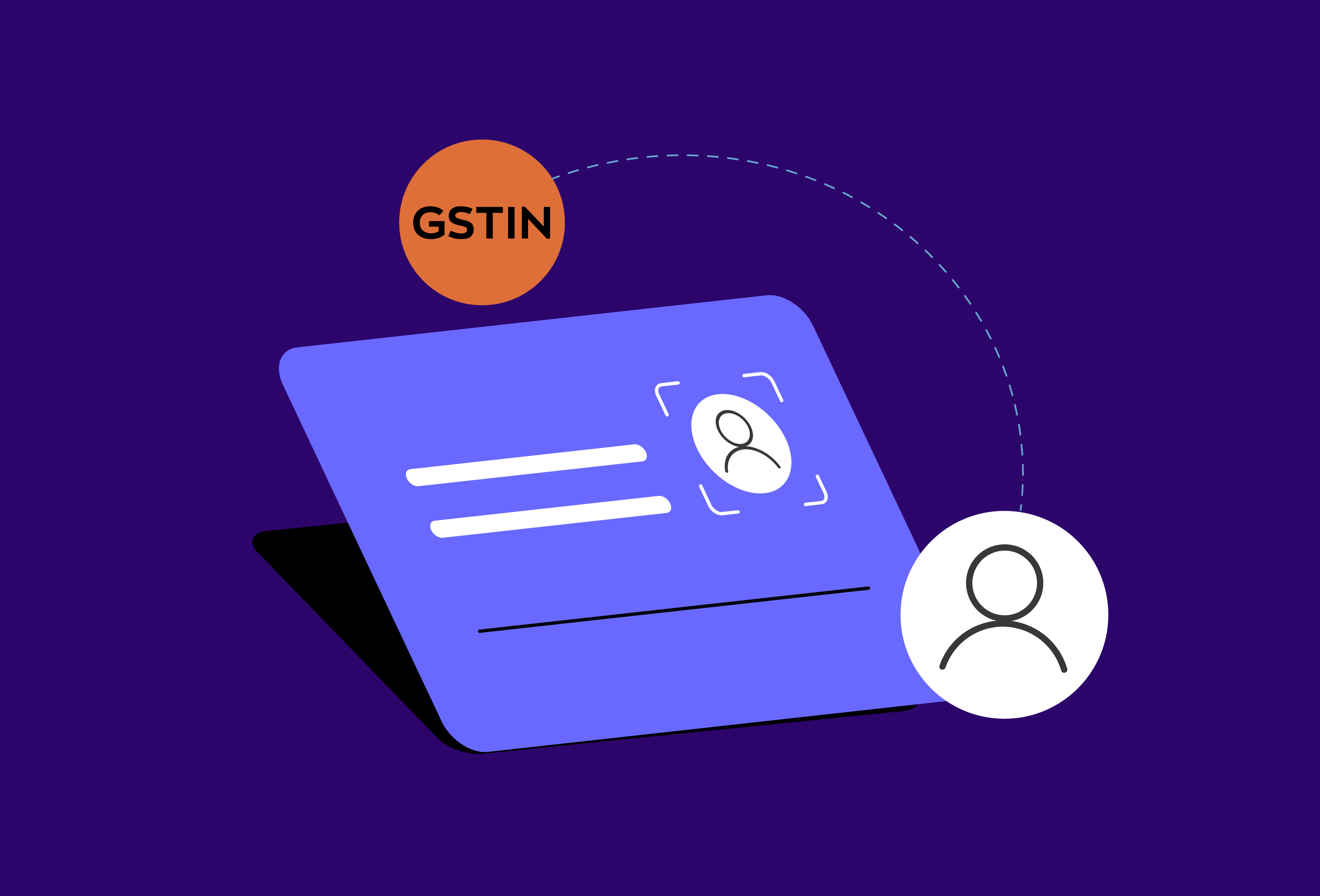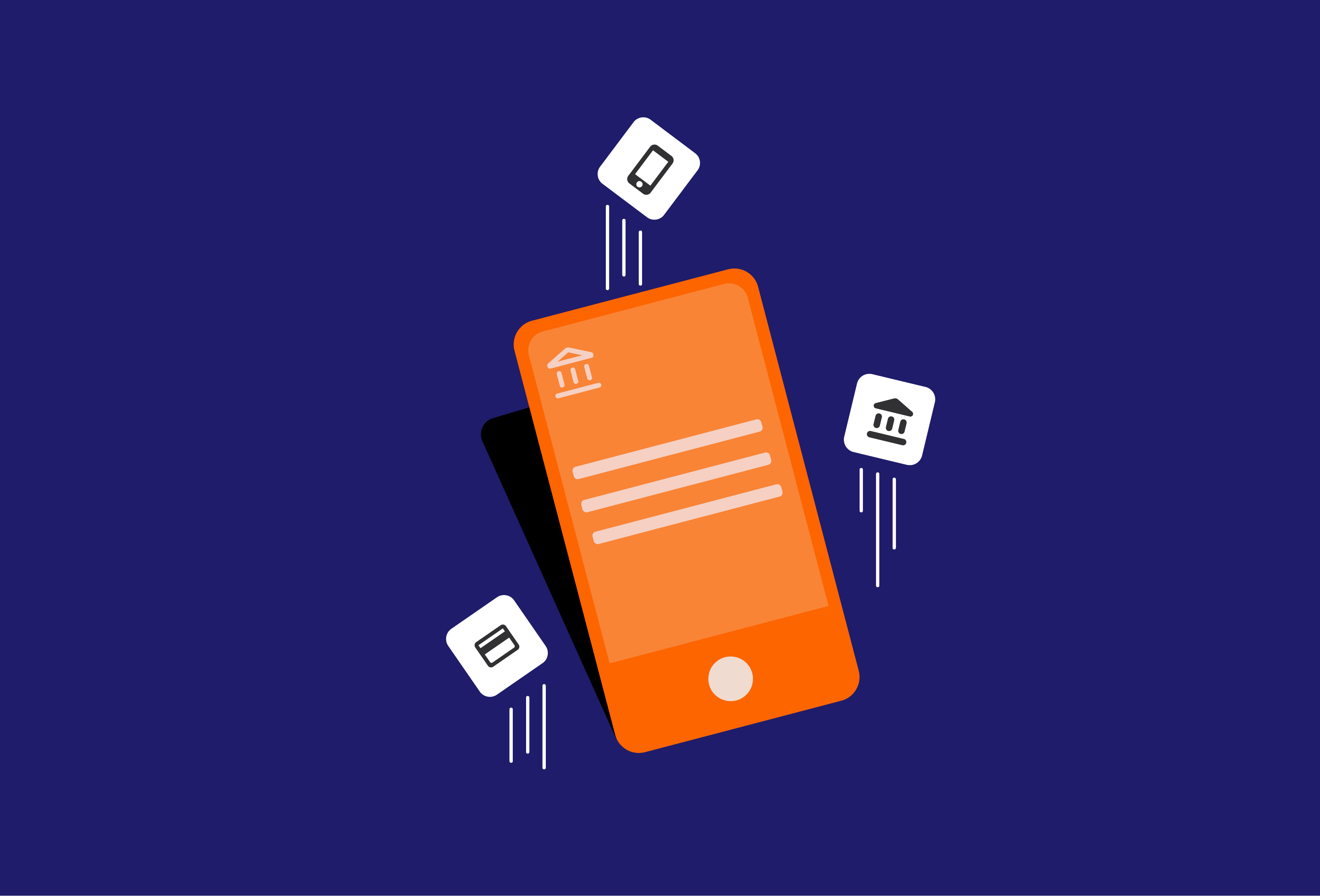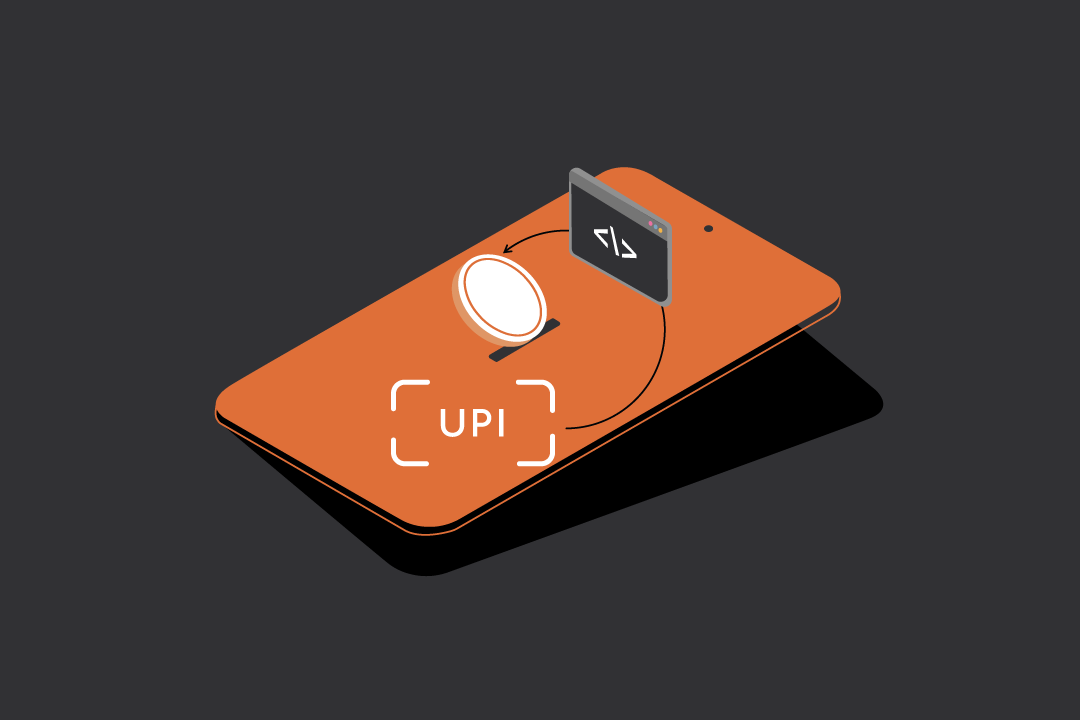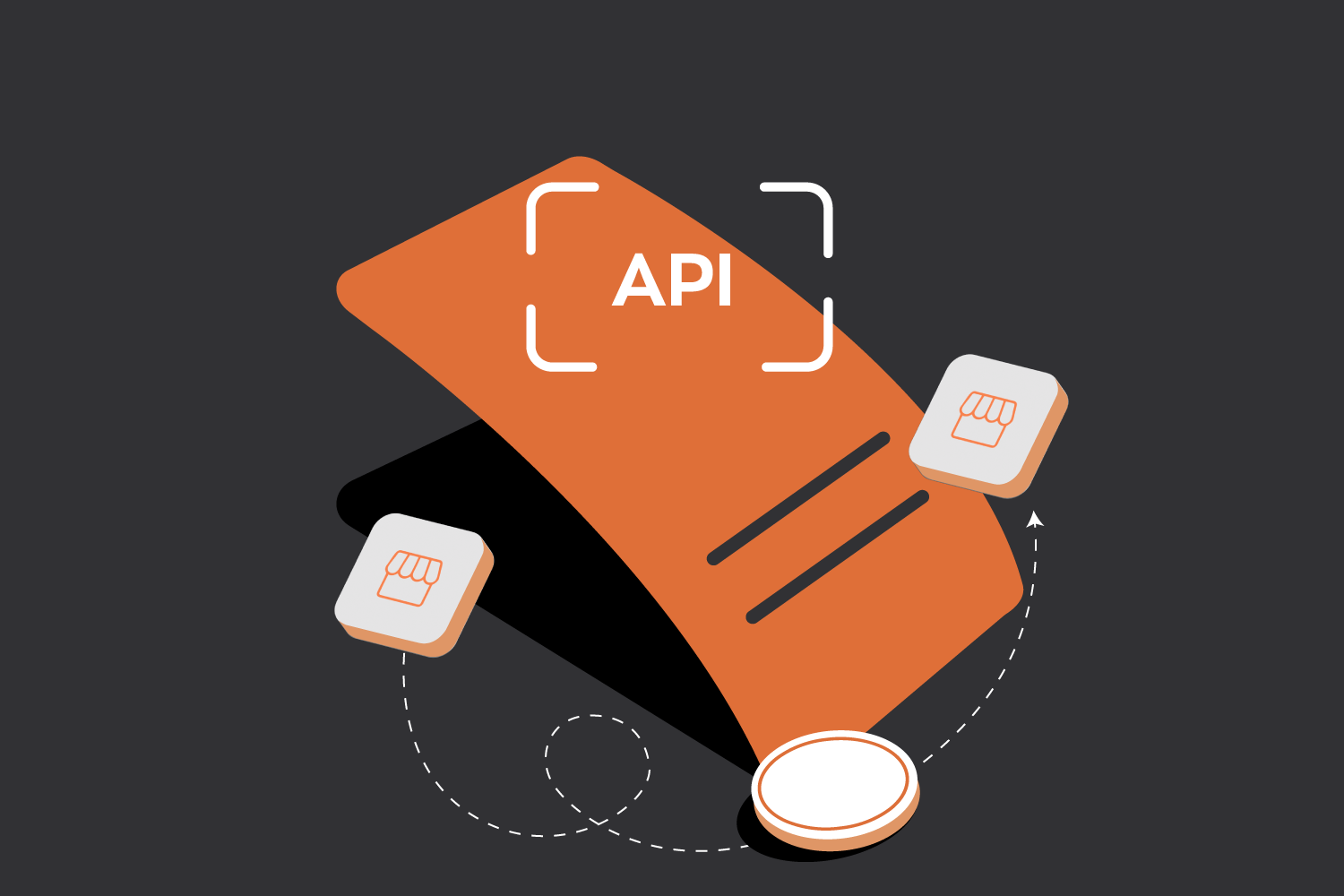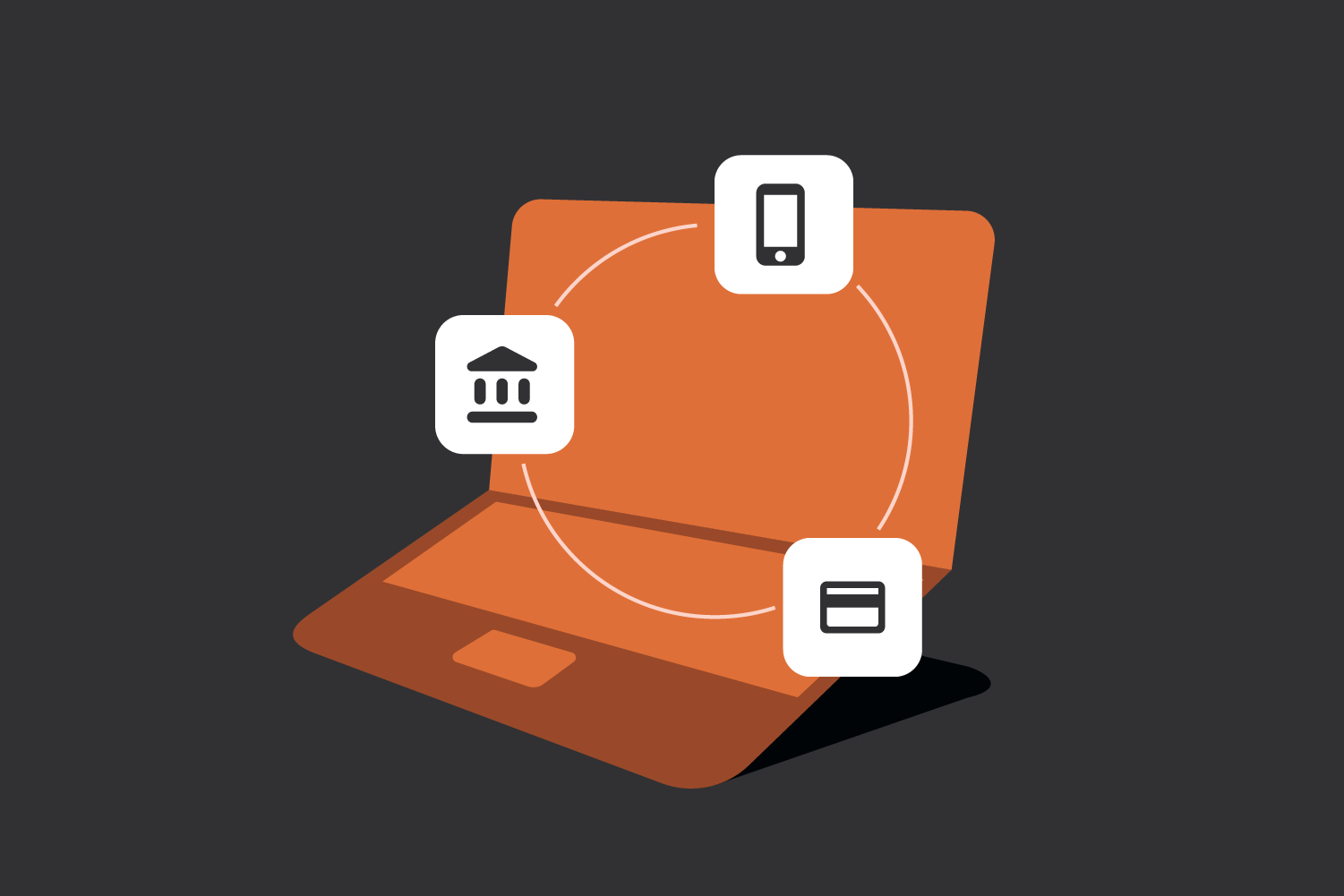UPI has revolutionized digital payments in India, making cashless transactions simple for millions of businesses and customers. If you’re looking to add UPI payments to your business, let’s explore how UPI API integration works and what you need to know to implement it effectively.
What is UPI?
The Unified Payments Interface (UPI) is a digital payment system that lets people make instant bank transfers using their mobile phones. Instead of using traditional bank account numbers, users can send money through a simple UPI ID (similar to an email address) or by scanning a QR code. The system directly connects to users’ bank accounts, making transfers quick and straightforward.
Why Do Businesses Need UPI API Integration?
Imagine running a busy restaurant where customers constantly queue up to pay. With traditional payment methods, each transaction takes time – swiping cards, entering PINs, or counting cash. Now, picture the same restaurant with UPI integration: customers simply scan a QR code, enter their UPI PIN, and just like that – payment done in seconds!
But it’s not just about speed. Here’s why businesses are rushing to integrate UPI:
- Instant settlements (no more waiting for 2-3 business days)
- Lower transaction fees compared to card payments
- Reduced risk of handling cash
- Better customer experience with multiple payment options
- Automatic payment reconciliation
What is UPI API Integration?
APIs (Application Programming Interfaces) are standardized communication protocols that allow different software systems to interact with each other. In the context of UPI payments, APIs provide a secure way for your business application to communicate with the UPI payment infrastructure, handling everything from payment processing to transaction status updates. They transform complex payment operations into simple function calls, enabling your application to manage transactions without dealing directly with banking systems.
Simply put, UPI API integration is the process of connecting your business system (website, app, or point-of-sale) to the UPI payment network. Think of it as installing a digital payment pipeline that automatically handles money transfers between your customers and your business bank account.
Interested in our APIs? Let’s talk!
Tell us your automation goals, and we’ll set you up with a free, personalized demo from our API expert.
Click HereHow to Integrate UPI APIs
To integrate UPI APIs into your system, follow these essential steps:
- Select a UPI API provider – Various UPI API providers offer different features and pricing structures. Choose one based on reliability, security, and ease of integration.
- Obtain required approvals – Businesses must secure authorization from their bank or payment gateway, which usually involves a registration process and submitting necessary documents.
- Implement the API – The chosen provider will supply documentation and sample code to assist developers in incorporating UPI payment functionality into their applications.
- Test and refine – Conduct thorough testing to confirm seamless UPI transactions and refine the integration for an optimal user experience.
Benefits of UPI API Integration
- Instant transactions – Real-time payment processing with no delays.
- Low transaction costs – Compared to traditional payment gateways.
- Secure & reliable – Uses two-factor authentication (UPI PIN + mobile device verification).
- Improves customer experience – Seamless checkout process for businesses.
Challenges and Best Practices
While UPI API integration is powerful, it comes with its challenges. Here’s what to watch out for and how to handle it:
1. API Downtime
– Always implement proper error handling
– Have a fallback payment option ready
– Monitor transaction status regularly
2. Security Concerns
– Use encryption for all data transmission
– Implement proper authentication mechanisms
– Regularly update security protocols
3. Transaction Failures
– Set up automatic retry mechanisms
– Maintain clear communication with customers
– Keep transaction logs for reconciliation
Choosing the Right UPI API Provider
When selecting a UPI API provider, businesses can consider options like Zwitch by keeping these key factors in mind:
- Security – A provider should offer strong security measures to protect customer data and prevent fraud.
- System compatibility– The API should be compatible with your existing systems for smooth functionality.
- Regulatory compliance – Ensure the provider follows all UPI payment regulations and data protection laws.
- Reliable support – Technical assistance during and after implementation is crucial for a hassle-free experience.
UPI API integration isn’t just about accepting payments – it’s about providing a seamless experience that keeps customers coming back. Whether you’re running an online store, a local business, or a large enterprise, UPI can significantly improve your payment process.
Ready to get started? Connect with a reliable UPI API provider today and take your first step toward seamless digital payments.



